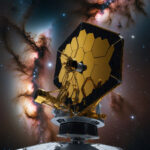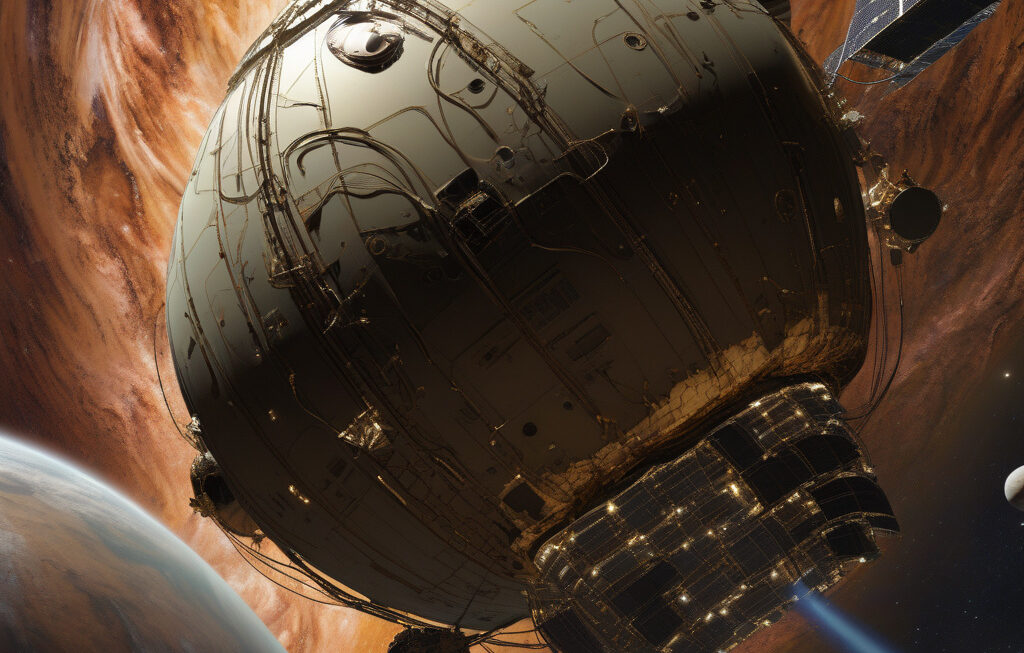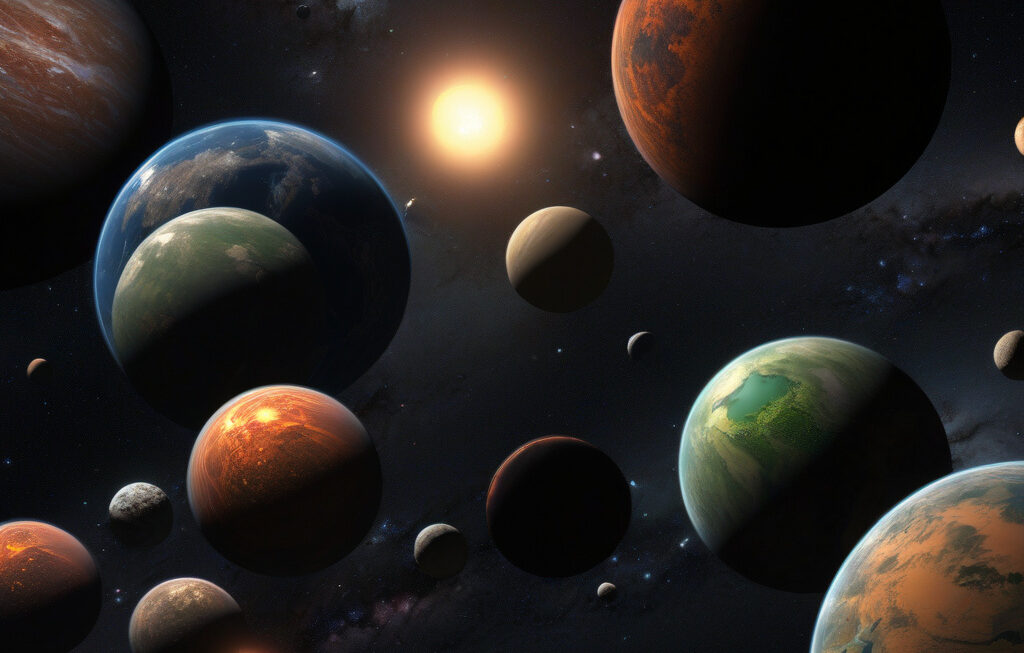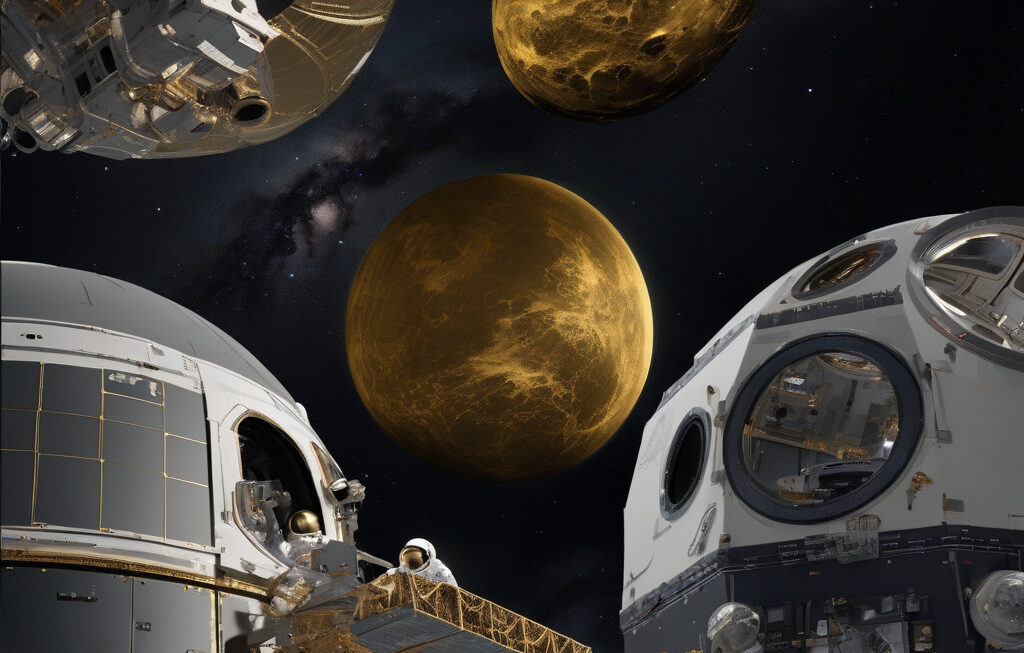NASA’s Webb Captures First Glimpse of Asteroid Once Seen as Earth’s Biggest Threat
NASA’s James Webb Space Telescope has captured stunning new images of an asteroid that was once considered Earth’s biggest threat. The asteroid, named Apophis, measures approximately 1,100 feet (340 meters) in diameter and was first discovered in 2004. Initially, there were concerns that Apophis had a significant chance of colliding with Earth, prompting widespread fear and speculation about the potential consequences of such an impact.
However, recent observations by the Webb Telescope have provided valuable insights into Apophis’ characteristics and trajectory. The high-resolution images reveal a detailed view of the asteroid’s surface features, including its irregular shape and composition. Scientists have been able to track Apophis’ movement with unprecedented accuracy, ruling out any immediate risk of a collision with our planet.
The data collected by the Webb Telescope has allowed researchers to refine their predictions of Apophis’ future path. While the asteroid will come close to Earth in 2029, passing within 20,000 miles (32,000 kilometers) of our planet, the latest calculations indicate that there is no danger of a collision during this encounter. Instead, astronomers are looking forward to studying Apophis up close to learn more about its structure and formation.
This new development highlights the critical role that advanced technology plays in monitoring potentially hazardous objects in space. The Webb Telescope, with its cutting-edge capabilities, has demonstrated its ability to provide crucial information that can help us better understand and prepare for potential threats from asteroids and other celestial bodies.
Moreover, the successful imaging of Apophis serves as a testament to NASA’s commitment to pushing the boundaries of space exploration and expanding our knowledge of the universe. By investing in innovative projects like the James Webb Space Telescope, the agency continues to inspire awe and curiosity while advancing scientific discovery.
As we look to the future, initiatives such as the Webb Telescope pave the way for groundbreaking discoveries and pave the way for a deeper understanding of the cosmos. The ability to capture detailed images of distant objects like Apophis not only enhances our scientific understanding but also fuels our sense of wonder and exploration.
In conclusion, the recent images of the asteroid Apophis captured by NASA’s James Webb Space Telescope mark a significant milestone in our ongoing quest to explore the mysteries of the universe. By harnessing the power of advanced technology, we are able to unravel the secrets of the cosmos and mitigate potential risks posed by near-Earth objects like Apophis.
#NASA #JamesWebbTelescope #AsteroidApophis #SpaceExploration #CosmicDiscoveries












